Russ Ouellette
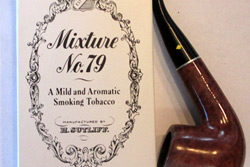 Every time I go to a pipe show, I come away with new information, or, at least, a new perspective on a subject. Since the Chicagoland Pipe and Tobacciana Show is so large, and I get to speak to so many people, it usually takes me a little while to digest everything I’ve absorbed. This year, the traffic was so heavy, and I had the chance to meet and get reacquainted with such a high volume of people, it took an especially long time to catalog all the things I found interesting.
Every time I go to a pipe show, I come away with new information, or, at least, a new perspective on a subject. Since the Chicagoland Pipe and Tobacciana Show is so large, and I get to speak to so many people, it usually takes me a little while to digest everything I’ve absorbed. This year, the traffic was so heavy, and I had the chance to meet and get reacquainted with such a high volume of people, it took an especially long time to catalog all the things I found interesting.
My angle on the overall pipe smoking market is much broader than most of the hobbyists, because we sell to the masses. So when one of the folks who stopped by our tables asked me a simple question, I got a real picture of what the enthusiasts think of pipe smoking versus the entire market.
What he asked me was – “So, what percentage of pipe smokers smoke aromatics? 30 to 50 percent?” I told him that according to our sales figures, it’s more like 90 to 95 percent, he looked shocked. I mean, jaw-droppingly, eye-poppingly stunned.
What this points out to me is that there’s a certain segment of the hobbyist side who aren’t aware that the “pipe smoking community”, those who frequent the forums, visit the blogs and attend pipe shows, are a small subset of the pipe smoking whole, which is, itself, a tiny piece of society in general. It’s easy to see why someone might take that viewpoint, though. Standing on the floor of the show on a Saturday afternoon, you could look around and see more than 300 tables of vendors, with attendees at virtually every one. So, it would surprise a lot of the people in the room to find out that there are probably about 1,000 pipe smokers who don’t attend these events for every person who does. For that matter, the vast majority of people who indulge in a pipe don’t even know that these shows and the community even exist.
Also, the hobbyist usually likes some variety. They might have a dozen or more tobaccos that they’re rotating at any given time, but when they buy some of their favorites, they’re probably buying a half-pound or less. When our average customer for 1-Q makes a purchase, they normally buy a pound or more of that one blend.
The bulk of pipe smokers will stay with one or two tobaccos all the time, unless they run out and have to buy whatever’s locally available. They also tend to buy pipes that are $50 or less. Ask the person who has a pipe going for a good portion of their day about grain on a pipe, and they’re more likely to think about the kernels that have removed from the cob before the pipe has been made. A lot of them knock their pipe out against the heel of their shoe and rarely, if ever, polish their pipes.
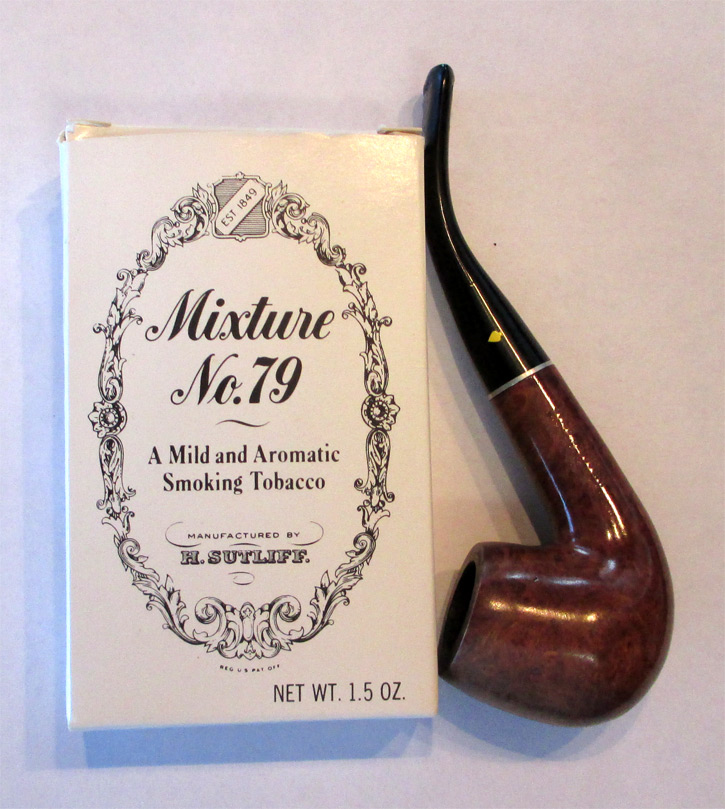
But these people derive pleasure from smoking a pipe too. So what, if they smoke a pipe until the cake is so thick that you can’t get a ten minute smoke out of it? Who cares if they snap off a stem? They’ll just buy a new pipe. Their enjoyment has little to do with esthetics and much more to do with comfort and familiarity.
It’s easy for the collector to scratch his or her head and wonder about the “average” pipe smoker, but there’s a perspective that might make us feel a bit more kindly toward these folks. You see, if the retailers and manufacturers had to depend upon just the business generated by the hobbyist community, few of us could survive. Everyone’s business is important to a company like the one I work for, but if it weren’t for the person who buys that 5 lb. bag of bulk aromatic, we might not be around to offer you those specialty tinned blends, or we might have to charge a lot more for them. So we all owe a debt of gratitude to the people who smoke the same two or three pipes all the time, and enjoy that one particular blend. We may not agree with their choices, but frankly, they make the hobby portion of pipe smoking possible by making it worthwhile to make and sell the products.
Another thought that struck me was that of all the different types of businesses I’ve been involved in, the people on the selling side of the community get along remarkably well. I think about other operations I’ve run and the competition never spoke to us, and vice versa. Sometimes the relationship was downright contemptuous. But I’ve overheard pipe makers talking about getting together to trade techniques or discussing which vendors are best to buy supplies from. There have been times that I’ve found that I can’t get some tobacco I need, but with a phone call to a friendly “competitor”, I’m back in business.
Maybe this is because we are such a small community that we’ve come to realize that we will all have a better chance of survival through cooperation, or it could be that we understand that variety is vital to our overall success and that everyone has their niche. Whatever the reason, after the day is over at a show, we find that we tend to congregate for a libation or twelve, and that, with few exceptions, the flow of information is pretty free, because there’s an integrity in this community that I’ve never witnessed elsewhere.
Now that I’ve had some time to think about what I’ve learned from Chicago, It’s time to refill the display materials, start packing up the samples and finish the preparations for Kansas City, and I look forward to each and every show. I never know what I’m likely to learn, but I’ve always come back having gained something useful. A lot of major companies in huge industries could learn a lot from the pipe smoking community. So could politicians, but we won’t even go there.
|
Russ Ouellette is the blender/creator of the Hearth & Home series of tobaccos for Habana Premium Cigar Shoppe and www.pipesandcigars.com in Bethlehem, PA. He has been a pipe smoker and blender for over 30 years, and enjoys feedback from the pipe smoking public. You can reach Russ at russo@pipesandcigars.com or by calling 1-800-494-9144 on Monday, Wednesday and Thursday from 9 am to 5 pm and Friday from 1 pm to 5 pm. |








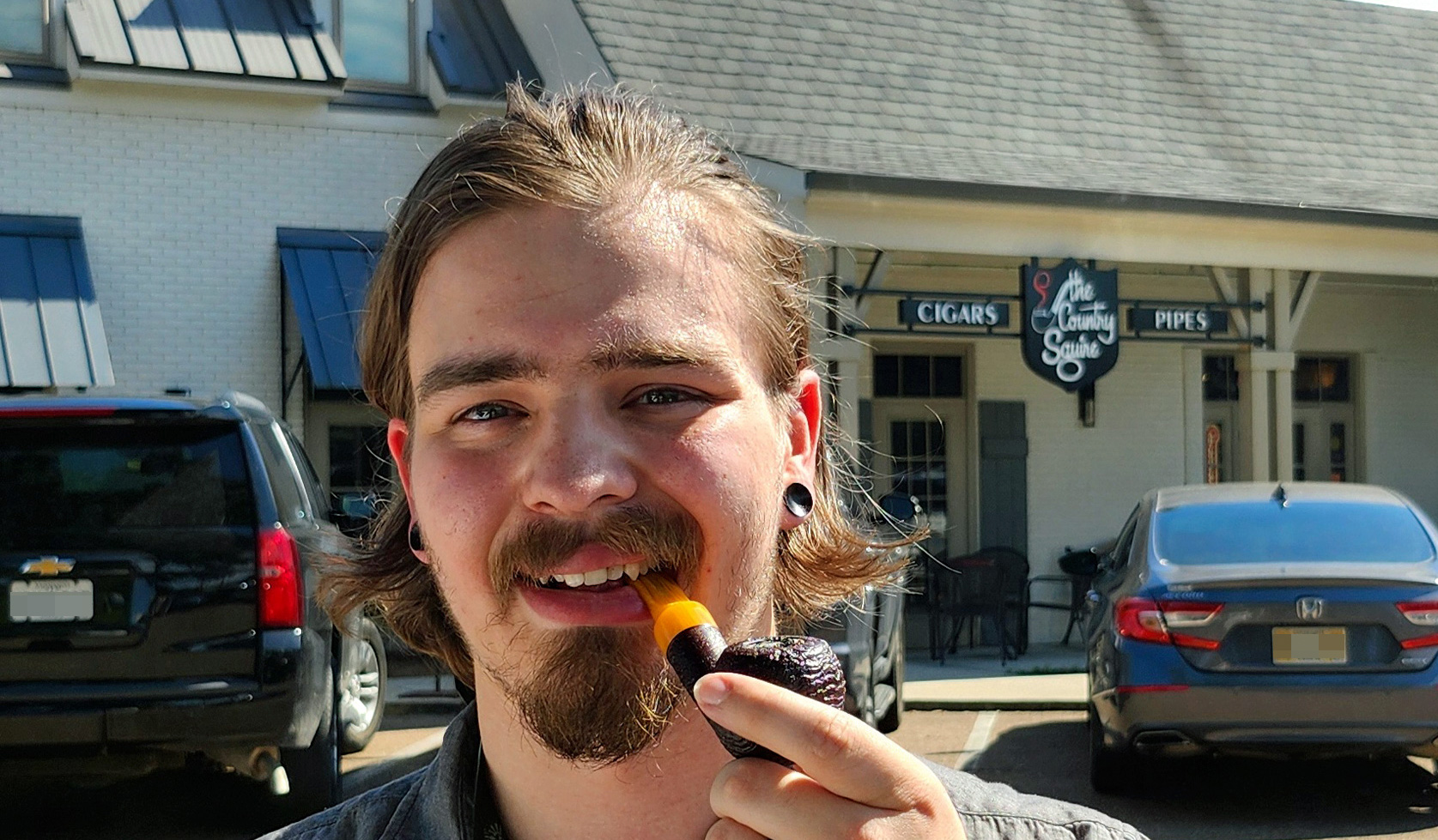

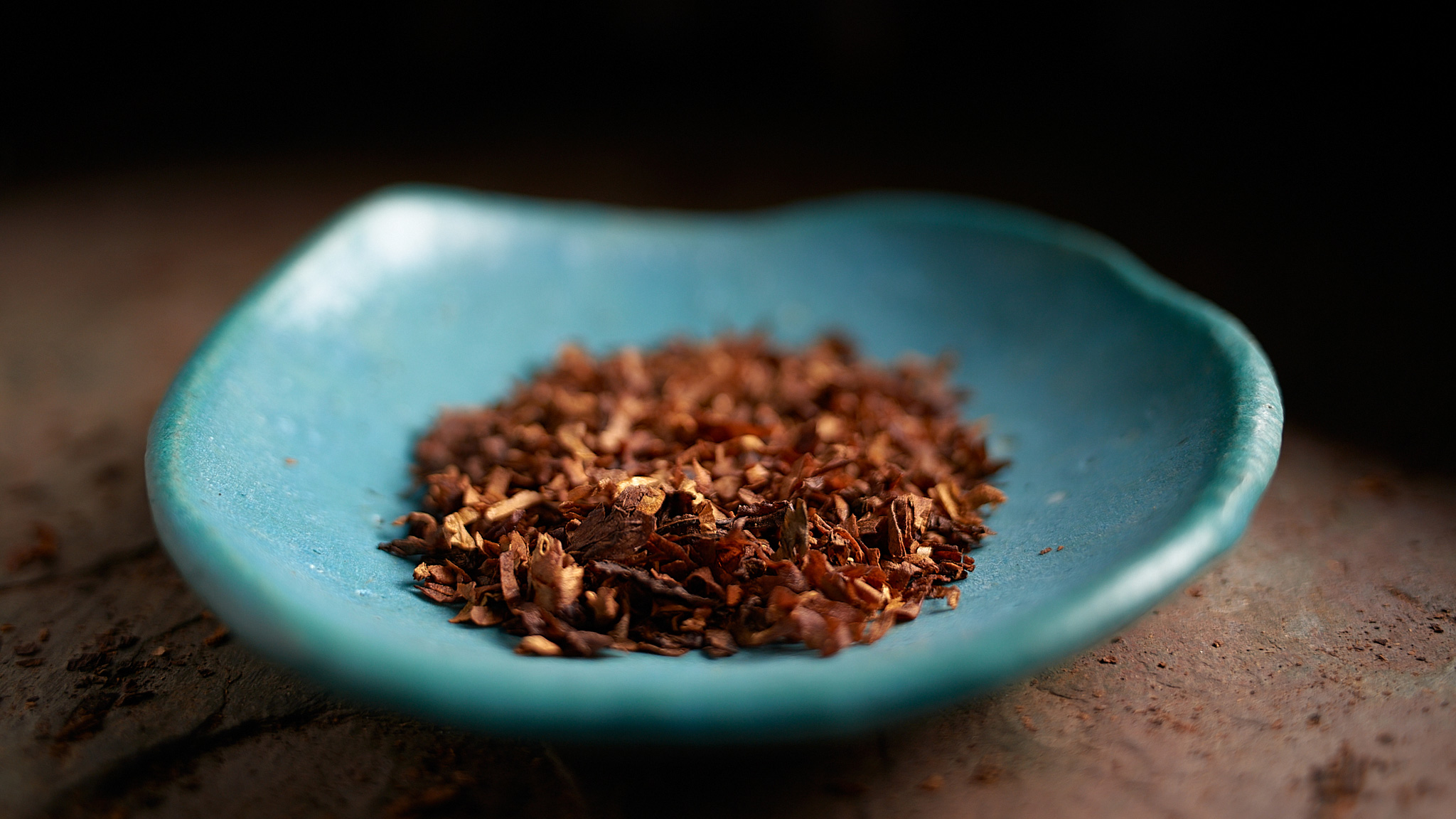
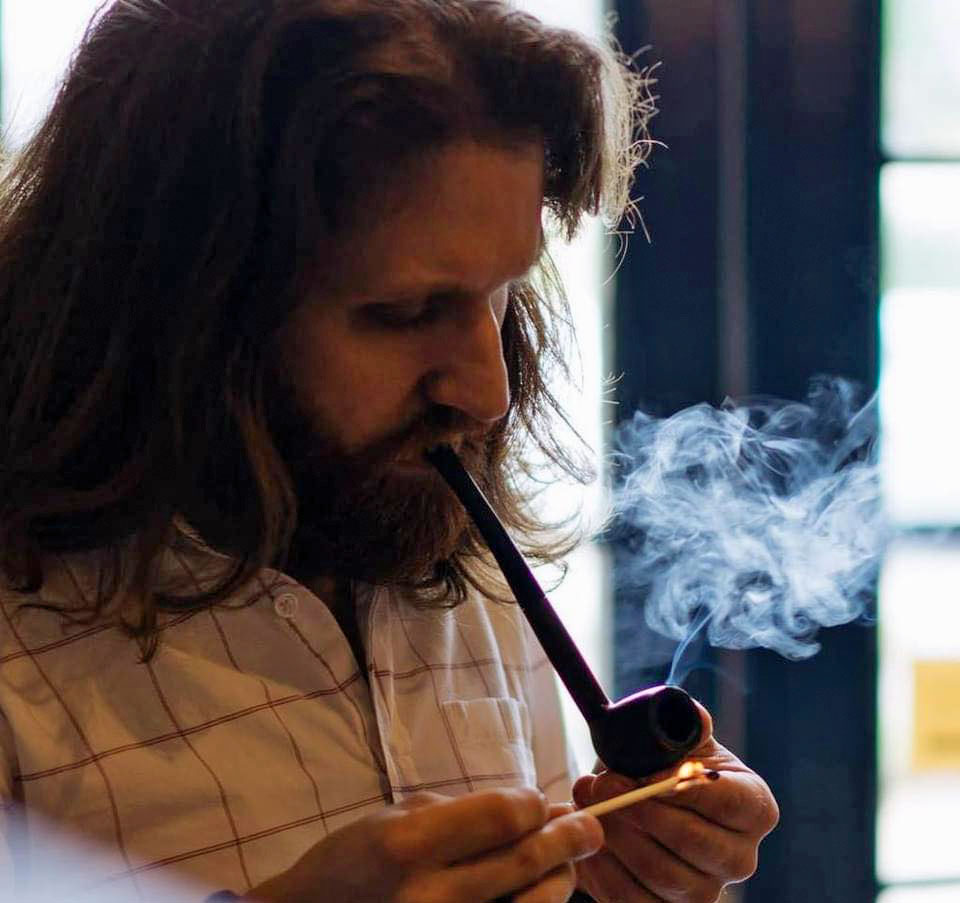






Great article Russ! -Very thoughtful insight. I think the paragraph “It’s easy for the collector to scratch his or her head” is spot on. A great reminder that we’re all in this together wherever we personally fall in the pipe and tobacco world.
Excellent article – thanks for sharing your thoughts on this subject Russ.
Great read, and lots of food for thought. Thanks, Russ!
— Pat
Great article, but no surprise there. I sure admire your thought process.
hp
les
Great insight, and something many of us forget.
Great article. I lost count of how many new blends I tried at the show. One of my two favorites was Missouri Meerschaum Great Dane. As you stated, it was great in a cob. Thanks for the blend and suggesting it to me.
Great article Russ! I especially enjoyed hearing about how the “competitors” have a great camaraderie. We are all in this together.
Another great article, Russ. Thanks very much. Good to see that even among competitors there is a camaraderie. We are all in this thing together!
Great article Russ, thanks.
The guys who only smoke one blend are similar to the guys who smoke machine made cigars. Machine made cigars out sell the hand mades by the millions. I know a guy who buys his Swisher Sweet Wood Tips 500 at a time and that is what he loves smoking. I had a neighbor who only smoked Captain Black Gold and bought a couple of Grabows a year and he was happy. He was in his mid 70’s and the Swisher guy is in his late 60’s. and I think it is a generational thing. I wonder if the pipe tobacco companies have done any demographic studies to see who is buying what. It would be interesting to see.
Great article Russ! Someone like you has some inside info that the pipe enthusiasts like us don’t have. So it’s nice to know that there are many more folks out there driving the industry to make it successful for all of us. Thanks!
Thanks Russ – straight from the shoulder and thought-provoking. That opening number is a killer stat, especially for a Brit. We tend to associate aro’s with the US, but I would never have dreamed that the percentage was so high. The point that the guy we tend to forget is the one who actually helps make our enjoyment available and remotely affordable.
Andy
‘…is well made.’ is how I meant to finish!
Kudos to Russ for bringing out the reality of the situation, and cigrmaster for putting an even finer point on it. My guess is that those of us who write here are a very vocal part of a community who feel a need to be thoughtful about our habit; it’s not just something we do reflexively. The Captain Black crowd who’s been going to the drugstore for years for their same old might possibly arrive here if/when they feel a need to get online- maybe because the drugstore’s not selling their cup of tea anymore due to the anti-tobacco hysteria/crusade. While variety is the spice of life for many here, where are we going to be when that drugstore demographic is no longer around?
I still have yet to try Half and Half- am I missing anything, and will I still be able to buy that in another decade?
Boy! This article was full of surprises for me. Thanks for the reality check.
Hopefully I will get to Chicago before the decade is out. But going to a pipe show with very limited funds is no fun for me. What a delight it would be to spend freely on all the magnificent pipes!
Grabow? Awesome!
Love you, man!
Spot on, Russ! My Dad was one of those pipe smokers who only owned one pipe at a time and smoked it until it was so caked up he could no longer put any tobacco in the bowl. Then he threw it out and bought a new drug store Dr. Grabow for less than $20 along with a pouch of a cherry blend tobacco. “Comfort and familiarity” were his sine qua non. I’ve been smoking a pipe since I was 17 (am now 60) and am not quite like my Dad but then am not really a “hobbyist” or “collector” either. I like high quality tobaccos but also like the occasional Carter Hall bowl as well.
I’ve met many “old timers” who smoked only one pipe, a drugstore variety, and only one or two OTC blends that they might blend together. Cherry and SWR come to mind. And yes, the bowl will be caked as you described.
Still they enjoy their pipes and I say, “More power to them and enjoy your smokes”. We are all pipe smokers regardless of our choices of pipes and tobaccos.
Good article.
“…there are probably about 1,000 pipe smokers who don’t attend these events for every person who does. For that matter, the vast majority of people who indulge in a pipe don’t even know that these shows and the community even exist.”
Excellent thoughts Russ. I very much appreciate your perspective and willingness to reset ours. I’ve sometimes wondered if the internet has been the entity that has revived pipe-smoking by allowing us to find others of a common ilk virtually (e.g. here at this site & others) at a time when there are few pipesters in one’s local (geographic) region. It sounds like I may be wrong.
I was one of those people at the Chicago show.. you gave me a sample of the new MM tobacco line.. Im on the forums and many turn their nose down on aromatics, yet its the aromatics that most smoke.. interesting..either we have a lot of snoots or liars or closet smokers!!
Russ
The financial end to blending tobaccos for the very few is very sobering and I’m guessing that many of us haven’t considered the 95 percent who allow the 5 per cent to enjoy all of your new offerings
Thanks for making us aware
A decade ago, I was preparing to end nearly a decade of work in a smoke shop. I started out as a piper there but soon gravitated to cigars. By the end, I was the only employee indulger in either of those. Currently, I don’t personally know any other piper, although my gal’s dad is a cigar smoker gravitating to vaping as I’ve moved to pipes.
These days I make it a point to accost other pipers in the city where I live- in the few areas one can still possibly smoke. I met the driver of a jeep smoking a freehand at a laundromat, and another guy strolling with his wife. I could smell the preponderance of black cavendish on both occasions. Maybe black cavendish is the common denominator; after all its a part of my own personal blend.
Russ, your article reminded me that the pipe smoking community as I know it is a small percentage of pipe smokers. I was introduced to smoking a pipe by one who smoked custom blends and was willing to spend more than $50.00 on a pipe, and thus all along I’ve thought that similar smokers constituted the pipe smoking universe. Not so. Thanks!
This is one of the reasons when I began doing my Blend of the Month that the majority have been aros. I don’t blend for my personal tastes, I blend for what our customers want. Regardless of my tastes, our customers are my first consideration.
Russ
That’s OK, Russ. I can’t speak for everyone, but I believe some of us in the vocal minority are kept well-delighted with such H&H blends like Mt. Marcy, Dsybreak, American Heritage and Stogie. I’d be startled to think someone wasn’t blending for the likes of us.
Also, not all of we in the non-aro camp don’t enjoy the occasional tin of Borkum or Stanwell. There has to be a spectrum of sorts, and we also know one man’s high-octane flake is someone else’s aromatic.